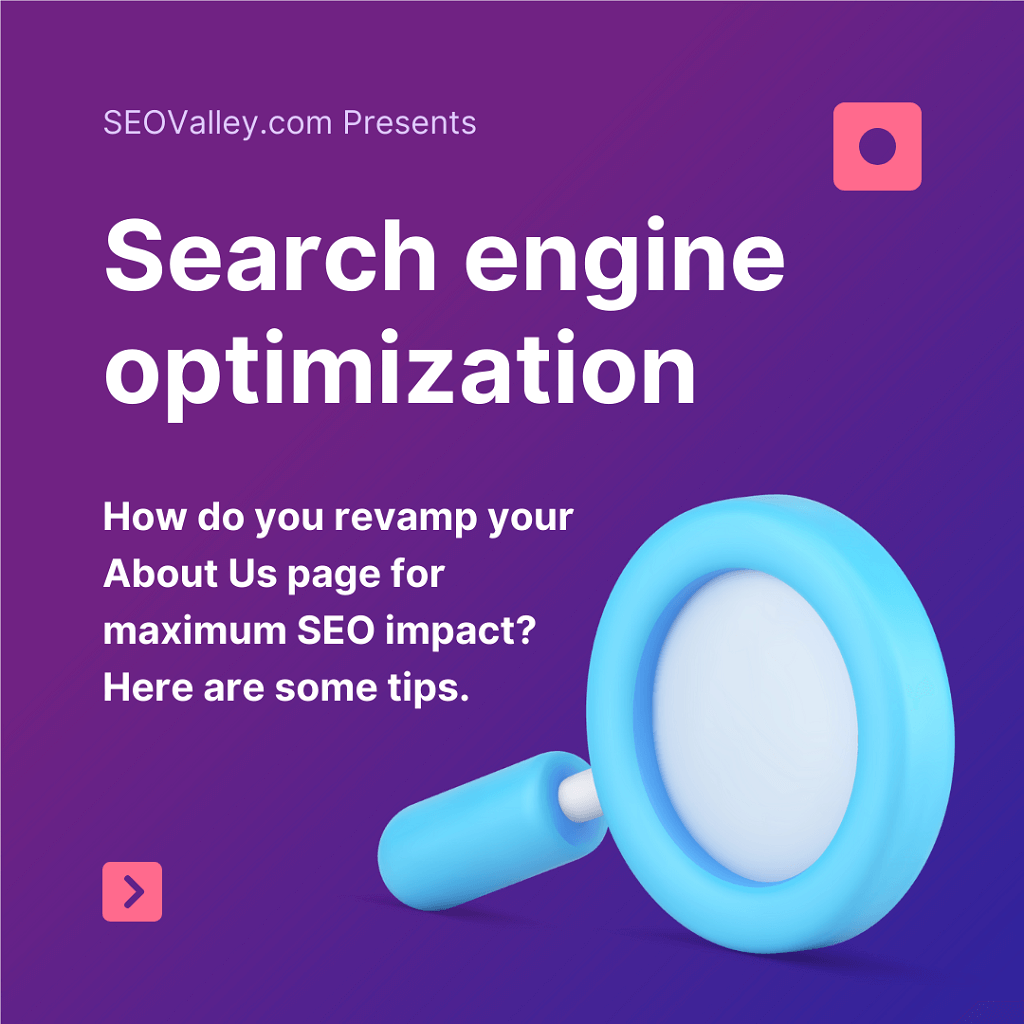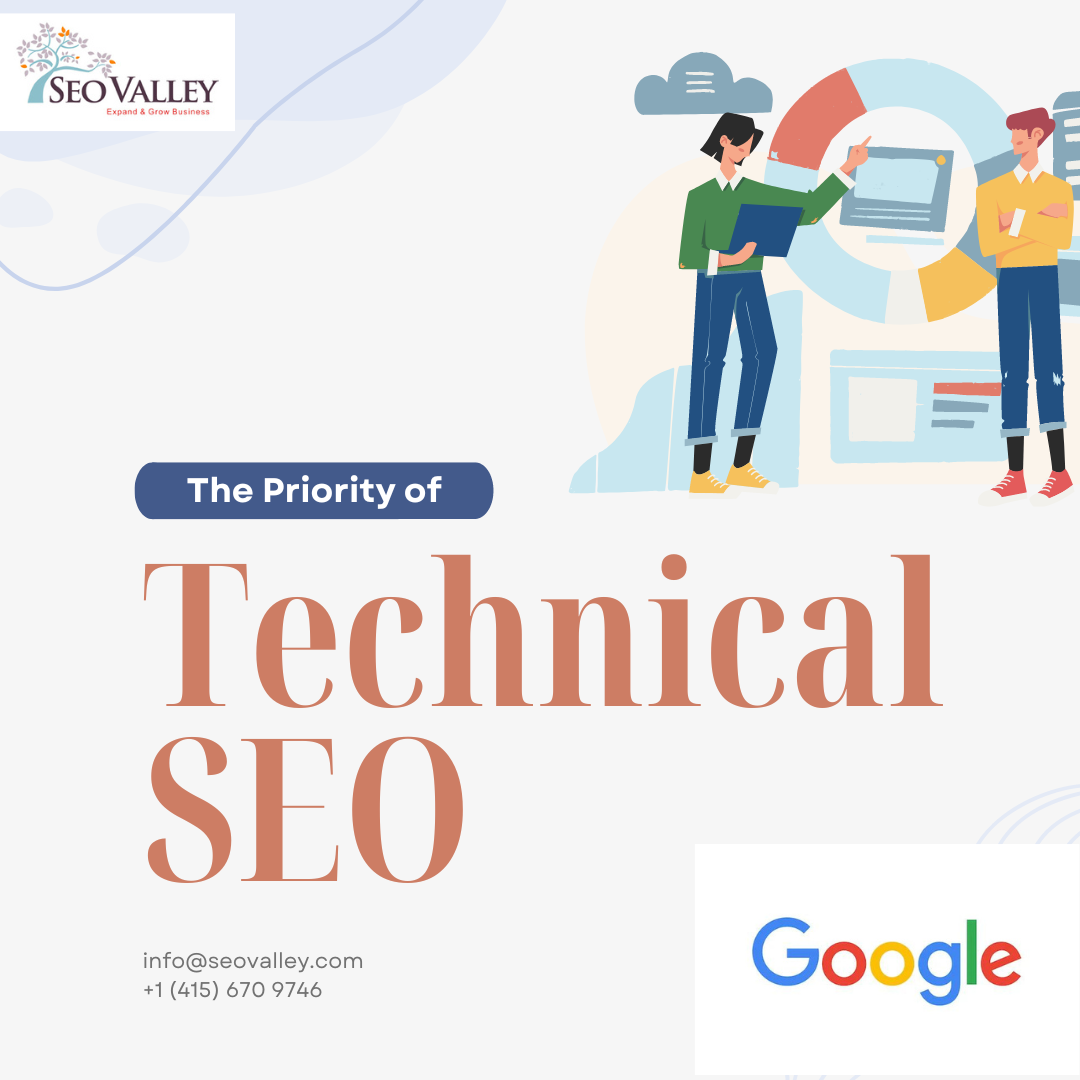Google received quite a backlash since revealing that they are no longer supporting the formerly recommended rel=prev/next markup, and that they have in fact, not been doing so for years. This was a huge downer for webmasters and digital strategists who have been relying on the markup for optimization benefits. When the rel=prev/next markup was first introduced in 2011, it provided website owners and administrators the chance to let Googlebot know that a particular web page belongs to a series.

An example of the best use for this particular mark-up is when consolidating product pages that belonged to a similar category within an ecommerce site. The rel=prev/next markup used to help Googlebot identify products within the same group or general category. Another good use for the code is when grouping together blog posts or articles that belonged to a series. The markup allowed Google to identify previous and next articles within that particular blog post sequence.
For the longest time, Google included documentation instructing website owners to make use of the rel=prev/next markup for indicating relationship between different component URLs. The Webmasters Help page contained specific instructions as to using rel=next and/or rel=prev headers or links in order to identify URL correlations. This code provided powerful indexing signals on how you want Google to treat the pages (i.e. as one logical sequence), helping consolidate linking properties and sending searchers to the right page (typically the first page). It isn’t clear when Google decided to scrap the markup (it is said that the documentation has long been deleted, its absence going unnoticed for years), but it is only recently that Google issued a statement saying that they have decided to retire the rel=prev/next markup, citing how studies show that users prefer single-page content and that website owners should aim for such whenever possible. The same statement also went on to recognize the value of multi-part content when it comes to Google Searches—it’s only a matter of knowing what’s best for your own users whether your focus should be on the first or the latter.
The question remains: Is there a need for you to remove the rel=prev/next markup from your site if you already have it in place? Experts believe that you don’t necessarily have to remove them simply because it doesn’t hurt to leave them there.
Moreover, Google is not the only search engine that the markup can be useful for. As a matter of fact, Frederic Dubut of Bing went on record saying that the search engine still very much uses the markup mainly for site structure understanding and page discovery. This is also probably one of the main reasons why Google didn’t bother telling anyone about scrapping the markup in their own system.
According to Google, their crawl bots are smart enough to determine next and previous pages provided there are clear signals. Moving forward, Google is going to index category pages instead of pagination. With the right structuring and best-practice internal linking, Googlebot will have no issues evaluating all links on your website nor finding and ranking related content.
The key is knowing how to optimize category pages so that they can be indexed properly, and the rest will follow. Having the right content on your first (landing page) is crucial, as this will help not only Google but also your end users find other pages once they get to the category page. Optimize content, including text, videos, and images so as to give Google valuable and useful information about the nature of your content. Optimized images also help bring in traffic from sources like Google Image search. Just the same, be careful not to add too many items to the page so as not to slow it down—which can ultimately hurt page loading time and increase your bounce rate.
Contact SEOValley for all things search engine optimization. We can give you a site audit and help you explore your options.





